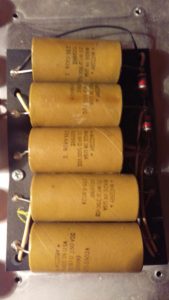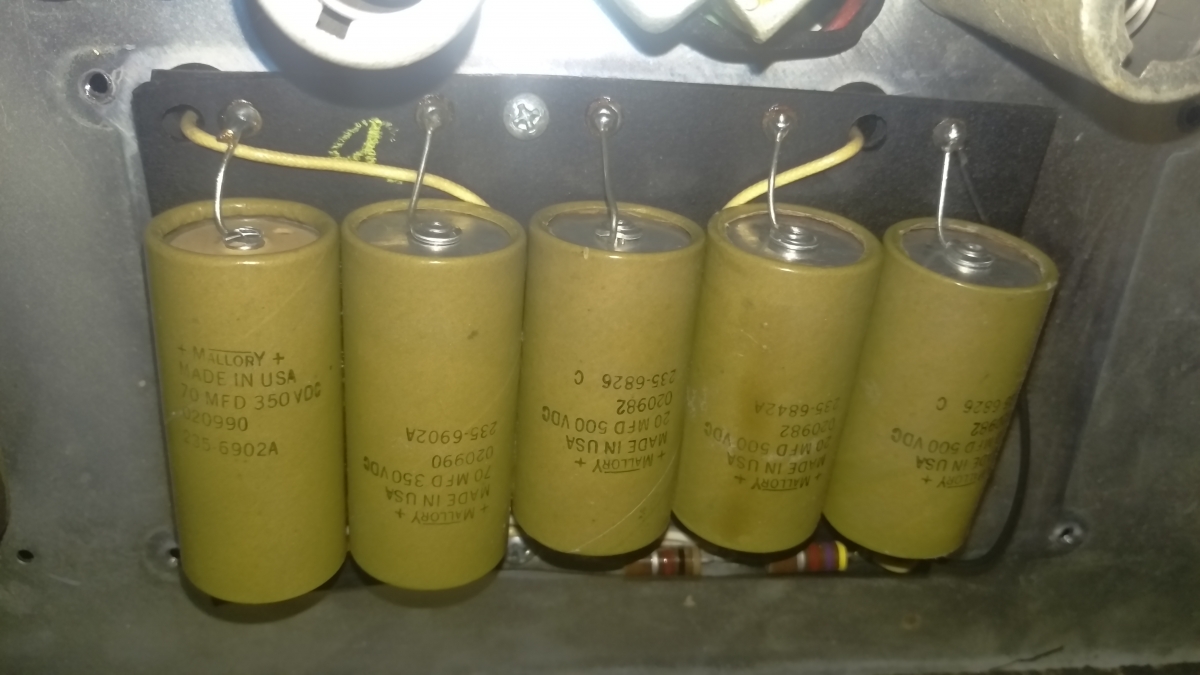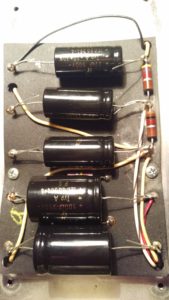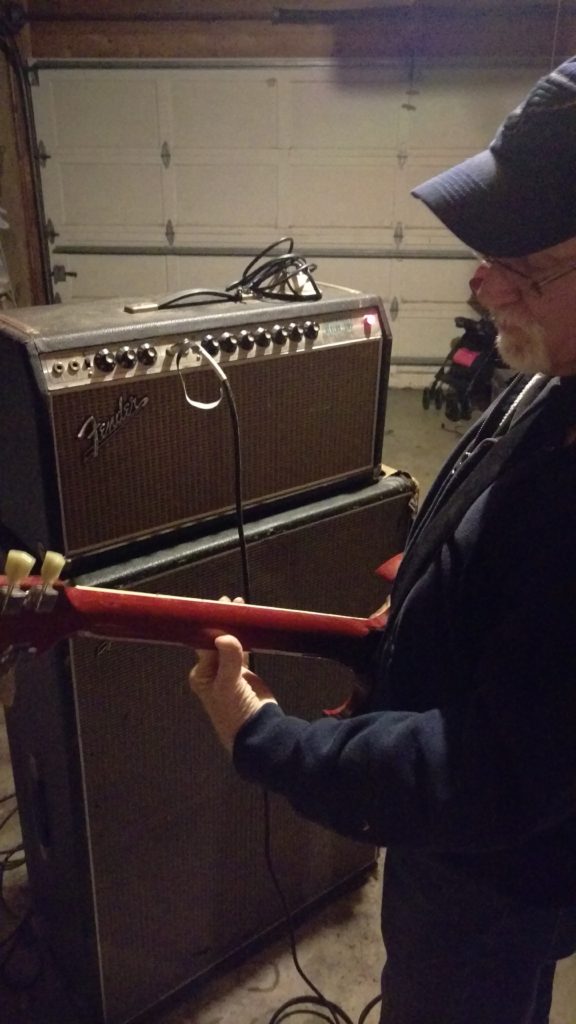I have a 1969 (I think) Fender Bandmaster Reverb TFL-5005D (Silverface) head and cabinet in my garage.
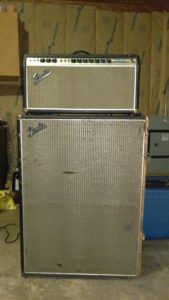
When my father was in high school, he didn’t own a gig-worthy amplifier. When his band had a job, he would call up a “friend of a friend” that would let him rent his Fender Bandmaster Reverb for the weekend. After doing this for sometime, he was offered the opportunity to buy the amp for $200 and he jumped on it. This amp was the muscle of his gigging rig through the 1970’s and into the 1980’s. Eventually he picked up a Fender Twin and, after using the twin to drive this cabinet for sometime, the Bandmaster was retired.
It spent a number of years in a shed where his band stored their gear.
It spent a decent amount of time in the garage of my childhood home. I have clear memories of asking my dad if we could hook it up. As I recall, he responded with some variation of “It’s broken.” When I was in high school, I didn’t own a gig-worthy amplifier and I so desperately wanted to use the Bandmaster. This was simply because the amp was much larger than my friends’ amplifiers, and it looked old and “vintage”. I didn’t know anything about the amplifier. I remember we talked back then about fixing it up. When I had a “gig” to play, I would borrow the Fender Twin. He didn’t even charge me rent.
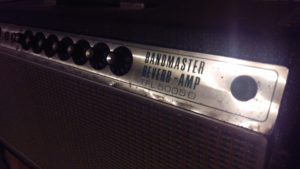
It moved around with him a few times until it ended up in another shed outside his current home and it stayed there until he decided to see what kind of condition it was actually in. He lugged it inside, plugged it in, turned it on, and heard a hum from the tubes warming up. In the amount of time it took him to retrieve his guitar and return, the amp started smoking. He turned it off and did some basic diagnostics. He figured that one or more of the filter capacitors must have failed. Not feeling like investing time and money into the amplifier just to discover additional issues with it, he returned it to the shed.
It was around this time that I was made aware of the amplifier’s status, and offered to give it a home in my garage.
As far as we know, no modifications have ever been done to the amp. It still has all of the original components except for the tubes.
This project is scratching a few itches for me.
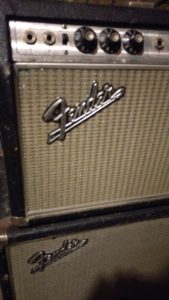
First, I have never owned a tube amp and don’t know much about them. My Fender Stage 160 has been a loyal companion over the years. I played out quite a bit in college, but could never afford a nicer amp. The groups I’ve played in after college haven’t really played out enough for me to justify the cost of picking up a nicer amp. Besides, who needs the extra hassle of worrying about a tube going out at a gig? 😉
Second, I have always wanted to understand more about electronics. I know practically nothing about the topic. I recently bought a “learn how to solder” kit and can now poorly reproduce a European siren with a blinking light. I know the basics about capacitors and resistors, and that is about it. I’m hoping to use this project to learn about the tools, diagnostics, and general care and feeding of tube amplifier electronics. That said I’m probably going to make a lot of mistakes on this project. I consider this a good thing.
Third, it has absolutely nothing to do with writing software.
The primary order of business is going to be to get some kind of guitar-like sound out of the amplifier. Dad thinks the problem is the filter capacitors, so we’ll start there.
